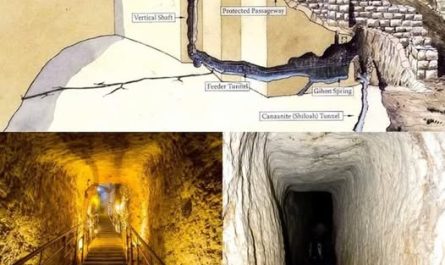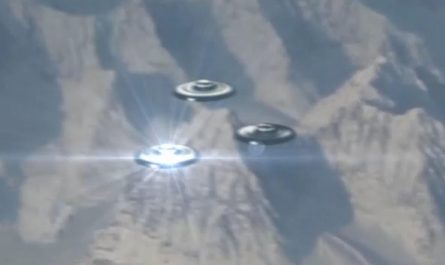In a groundbreaking scientific achievement, Chinese researchers have detected a massive plasma bubble hovering over the iconic Pyramids of Giza, thousands of miles away from their radar station in Hainan, China. Using the world’s most advanced ionospheric radar, this discovery not only highlights cutting-edge technology but also deepens the enigma surrounding the ancient wonders of Egypt. Could this phenomenon, captured in real-time, reveal new insights about our planet’s atmosphere and its connection to ancient sites?

A Technological Marvel
On August 27, 2024, the Institute of Geology and Geophysics, part of the Chinese Academy of Sciences, announced the largest-ever radar detection of equatorial plasma bubbles (EPBs), observed over both the Giza Pyramids and the Midway Islands in the Pacific. These bubbles, triggered by a solar storm from November 4-6, 2023, were detected using the Low Latitude Long Range Ionospheric Radar (LARID), a state-of-the-art system built in 2022 on Hainan Island. With an astonishing range of 9,600 kilometers (nearly 6,000 miles), LARID can monitor atmospheric anomalies from North Africa to the central Pacific, overcoming the Earth’s curvature by bouncing high-power electromagnetic waves between the ionosphere and the ground.
Equatorial plasma bubbles are peculiar space weather phenomena that form in low-latitude regions, often after sunset, when charged particles in the ionosphere suddenly vanish, creating electron-depleted zones that can span hundreds of kilometers. These bubbles disrupt GPS signals and satellite communications, posing challenges for modern navigation and military systems. LARID’s ability to track these bubbles in real-time, using 48 transceiver antennas operating in the 8-22 MHz frequency range, marks China as the first country to achieve such long-range radar detection of EPBs.
Why Over the Pyramids?
The detection of a plasma bubble over the Giza Pyramids has sparked intrigue, not least because of the site’s historical and cultural significance. While plasma bubbles are common in low-latitude regions near the magnetic equator, their occurrence over Giza, which is not precisely equatorial, raises questions. Some researchers note that Giza appears to be a hotspot for these phenomena, though the reasons remain unclear. Unlike the ancient rock paintings in Madhya Pradesh, which hint at possible extraterrestrial encounters, these bubbles are a natural atmospheric event, not linked to aliens, despite speculative posts on X suggesting otherwise.
The LARID radar’s detection range, initially 3,000 kilometers but tripled within six months through advanced signal coding and geophysical models, allowed scientists to observe the formation and movement of these bubbles with unprecedented detail. The bubble over Giza, observed alongside one over the Midway Islands, underscores the global reach of this technology and its potential to revolutionize space weather monitoring.
Implications for Science and Beyond
Plasma bubbles are more than a scientific curiosity; they can wreak havoc on modern technology, disrupting satellite communications critical for civilian and military applications. The U.S. Navy and other global forces have long studied these phenomena due to their impact on warfare systems. China’s proposal to build a network of three to four additional over-the-horizon radars in low-latitude regions could enable continuous global monitoring, enhancing early warning systems and deepening our understanding of the ionosphere.
Interestingly, while LARID is designed for scientific purposes and lacks the resolution to detect military targets like aircraft, similar over-the-horizon radar technologies used by the Chinese military have reportedly detected stealth aircraft, such as the U.S. F-22, by exploiting long wavelengths that penetrate stealth coatings. This dual-use potential highlights China’s growing prowess in both scientific and defense technologies.
A Modern Lens on Ancient Wonders
The detection of a plasma bubble over the Giza Pyramids evokes a sense of wonder, connecting modern science with ancient marvels. Just as prehistoric cave art suggested humanity’s early curiosity about the cosmos, this discovery reflects our ongoing quest to understand the unseen forces shaping our world. While the pyramids themselves are unaffected by these atmospheric anomalies, their presence in this narrative adds a layer of intrigue, reminding us that even the most familiar landmarks can still surprise us.
As with the tragic story of Hannah Glass, this event underscores the importance of vigilance—in this case, monitoring the invisible threats in our atmosphere. China’s LARID radar represents a leap forward in unraveling the mysteries of space weather, offering hope for better protection of our global communication systems. The pyramids, standing silently for millennia, continue to witness humanity’s evolving understanding of the universe.


